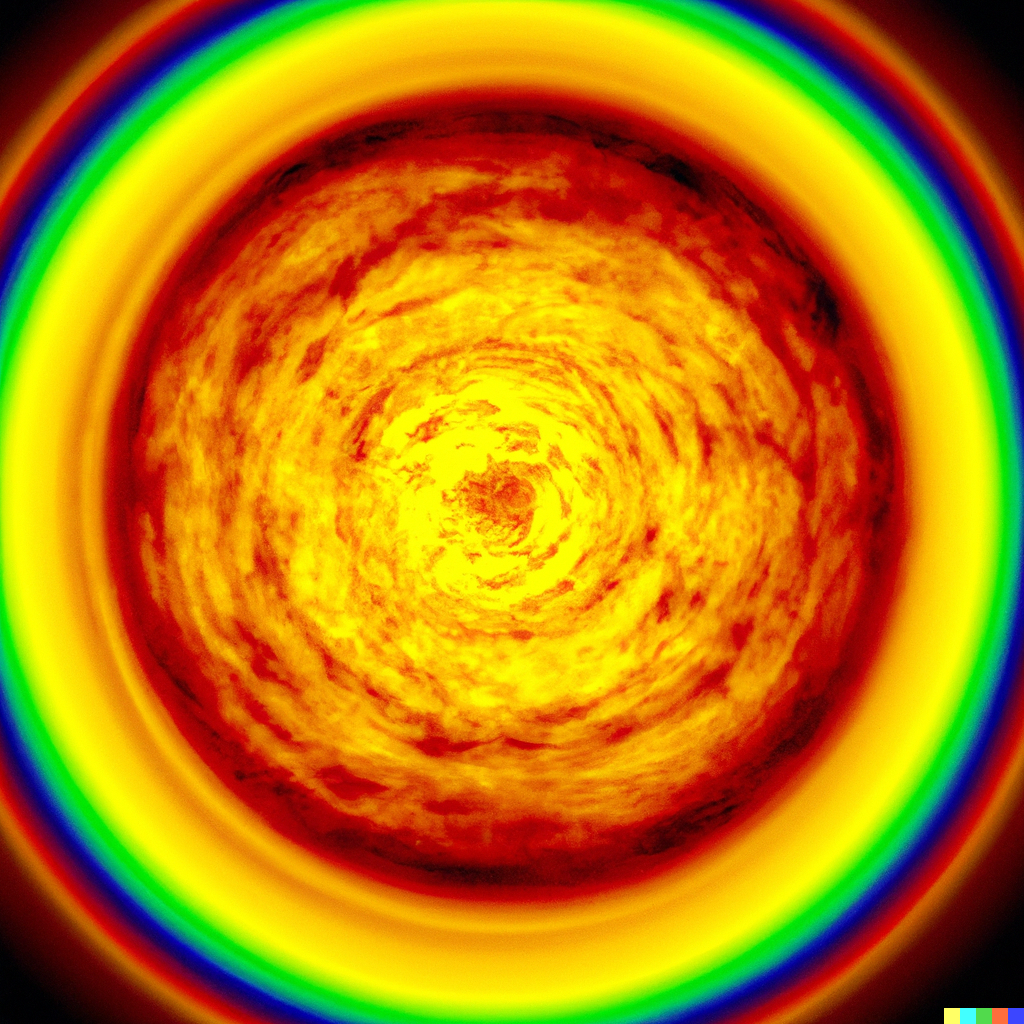
Temporal interference current stimulation in peripheral nerves is not driven by envelope extraction
Temporal interference current stimulation in peripheral nerves is not driven by envelope extraction.
Abstract
Background. Electrical neuromodulation remains an effective therapy for multiple neurological disorders. One strategy to electrically stimulate nerves utilizes the interference of multiple high frequency waveforms. This technique, known as temporal interference stimulation or interferential current stimulation, has recently gained significant attention as a method to improve the state-of-the-art in neurostimulation in both animal studies and human clinical trials.
Objective. Here we report our investigation into the fundamental properties of the neuronal response to these types of waveforms—the effects of carrier and envelope frequencies, thresholds, firing behavior, and phase and asymmetric interference patterns.
Methods. We utilized a cuff electrode on the rat sciatic nerve to apply a variety of interferential signals. We recorded muscle activity in the plantar muscles and biceps femoris, which are proxies for activity on two of the major branches of the sciatic, which are spatially distinct in the target volume. We tested both fundamental recruitment properties as well as spatial techniques to selectively activate either muscle group.
Results. Our data suggest, contrary to the currently accepted explanation, that neurons do not extract envelopes at all, and that the response to these signals is well explained by a resistor–capacitor (i.e. integrator) membrane with a fixed firing threshold. Basic interference techniques do not change recruitment far from electrodes. Techniques can produce regions of both phasic activation and tonic activation/conduction block.
Conclusions. An integrator model suggests that interference techniques are less capable of minimally invasive stimulation for a subcortical brain target than previously thought. Human clinical trials using these techniques should reevaluate their methods. Interference stimulation allows significant target selectivity in a peripheral cuff electrode with targets near electrodes. These techniques can allow spatially distinct regions of phasic firing, tonic firing, conduction block, and no effect.

R. B. Budde, M. T. Williams, and P. P. Irazoqui, "Temporal interference current stimulation in peripheral nerves is not driven by envelope extraction," J. Neural Eng., Accepted Mar. 2023